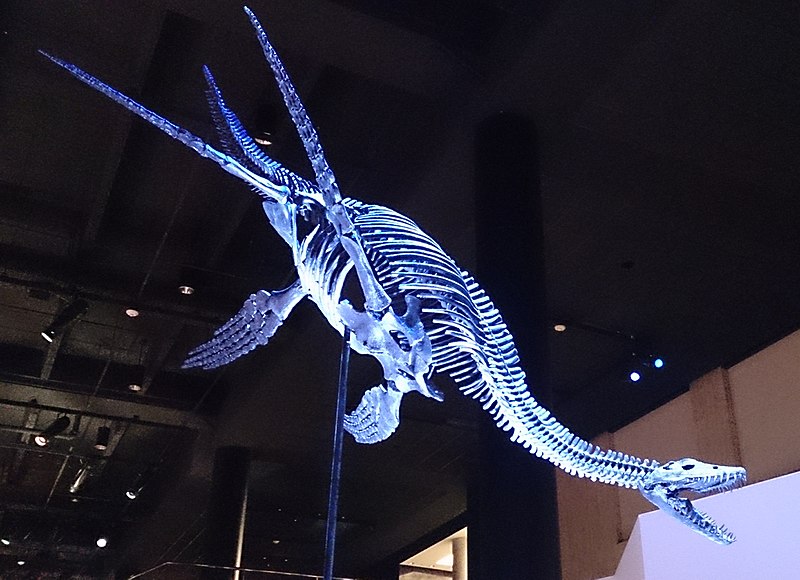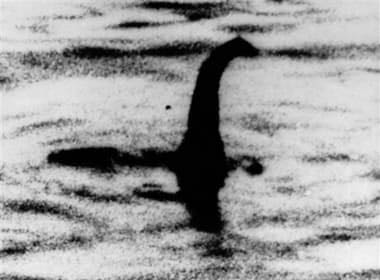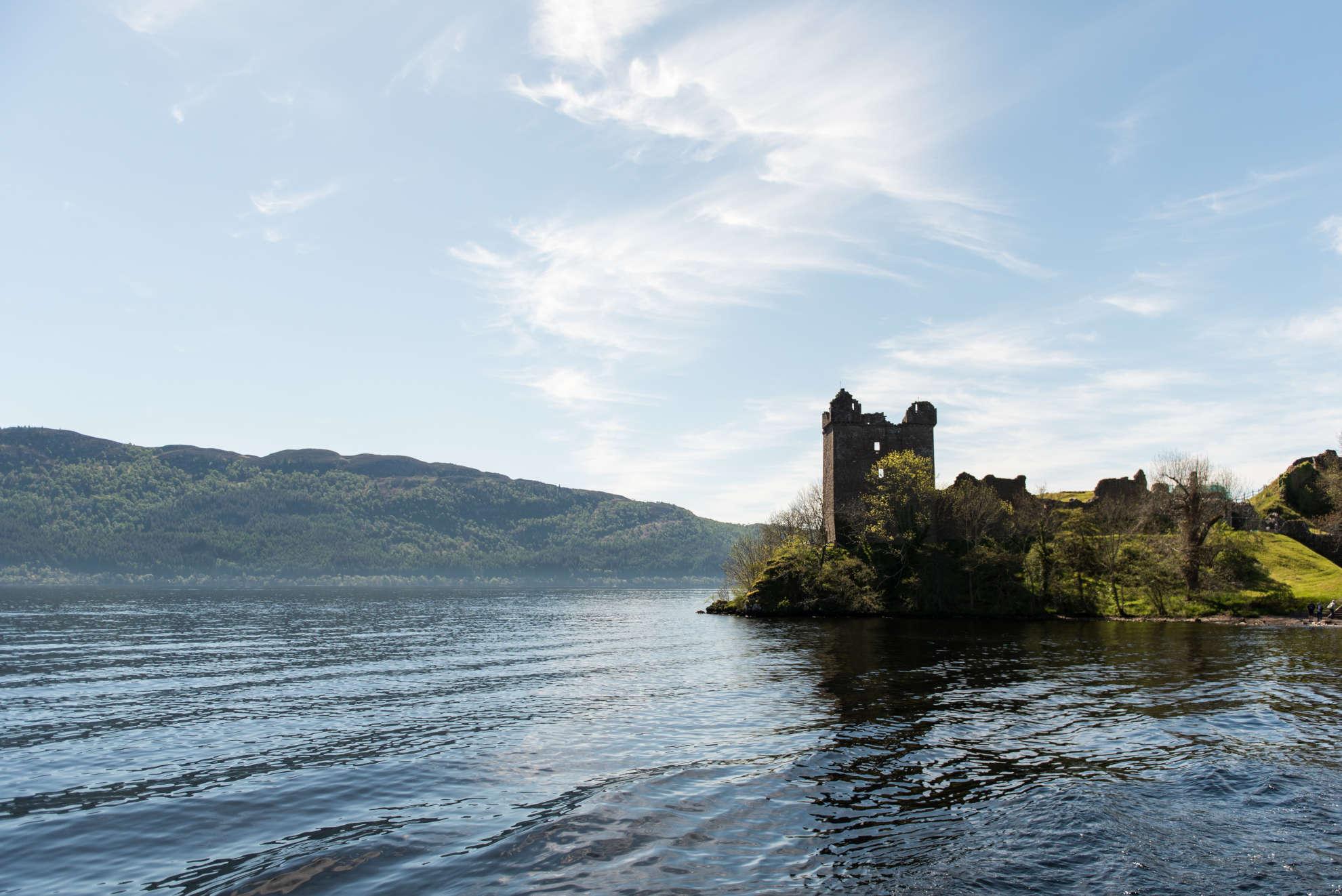What is the Loch Ness Monster?
The Loch Ness Monster is a very famous cryptid which is a creature whose existence is questionable as there has never been any concrete evidence to prove it is real. The Himalayas have the Yeti, North America has Bigfoot, Mexico and South America have the Chupacabra and Scotland has the Loch Ness Monster.
The sightings of Nessie usually describe the creature as being large and green with a pointed head and long elongated neck that sticks out of the water, suggesting that it is a serpent-like creature. A common belief is that it is a surviving dinosaur-era species such as a plesiosaur which lived in the Jurassic & Cretaceous Periods (65 - 200 million years ago) As you can see from the photo below - it fits the description.
In 2003 a plesiosaur vertebra was found on the shores of Loch Ness but as the rocks around it are not fossil bearing, it was considered as just another hoax. As plesiosaurs were cold blooded it makes this theory even more unlikely as they probably wouldn't be able to survive in the waters of Loch Ness unless it and its ancestors evolved to survive in cold waters.
Early Sightings
The first documented sighting of the creature was in 565 when the Irish monk St Columba came across Pict locals burying a man next to the River Ness. Upon enquiry, St Columba was told that the deceased man had been attacked by an aquatic creature that attacked him and dragged him underneath the water. So St Columba being the nice guy that he was, sent one of his followers into the river for a swim but when he was approached by the monster, St Columba reportedly made the sign of the cross and exclaimed "Go no further. Do not touch the man. Go back at once." The monster then retreated back into the depths of the river. However this tale comes from "Life of St Columba" by Adomnán which was written about 100 years after the events are claimed to have taken place.
Sightings of the monster increased massively in the 1930's which is believed to be due to the upgrades to the road which encouraged more visits. In 1933 George Spicer and his wife saw a creature cross the road in front of them which was supposedly 25 feet (8m) long and about 10 foot (3m) wide. It had a long wavy neck and no limbs and as you can imagine they were quite shocked to see it moving across the road near their car.
Other sightings and photographs followed that year with many being disregarded as other animals such as otters but in 1934 the image known as the "Surgeons Photograph" showed what is supposedly the first image of the neck and head of the monster. London based surgeon Robert Kenneth Wilson took 4 photos upon spotting the monster, with one being substantially less blurry than the others. Again, it was often dismissed as being driftwood or an animal like an otter.
Throughout the years it subject to a lot of analysis and criticism. It was believed that the photo was cropped to make it seem like the ripples on the water are waves, making the "creature" in the photo look larger. Further analysis of the photo also revealed that the creature/object had been dragged through the water, indicating its size to be about 3 foot long. It was later revealed to be a hoax and it turned out that the most famous and earliest image of the Loch Ness Monster was in fact a toy submarine with a head and neck attached to it made out of wood putty.







